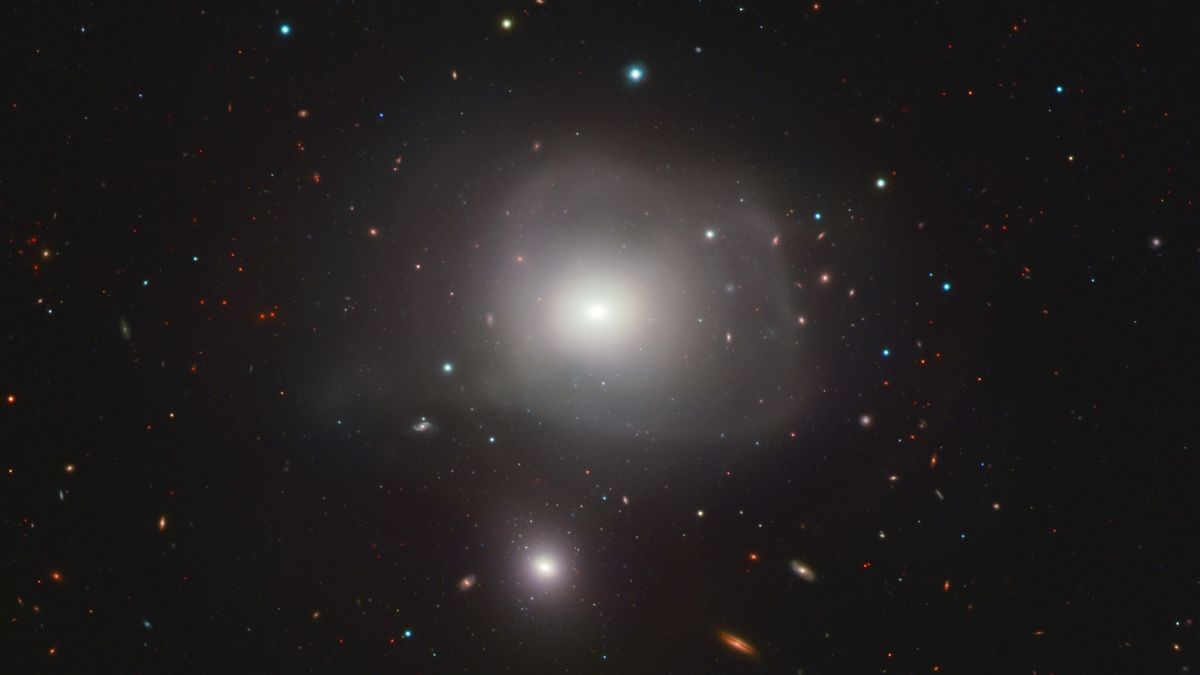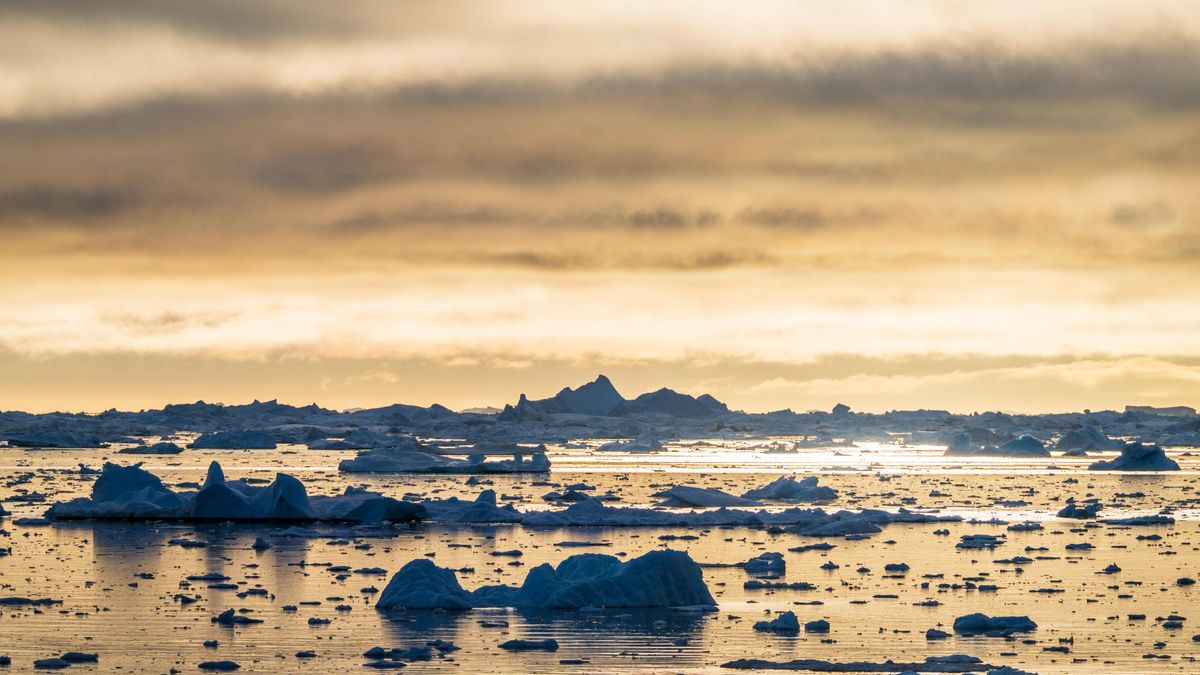Earth from space: A mysterious ‘black hole’ in Pacific Ocean that sparked wild rumors online
QUICK FACTS
Where is it? Vostok Island, Kiribati [-10.06285840, -152.311076]
What’s in the photo? A coral island covered in trees that make it look like a “black hole”
Where did the photo originate? Google Maps
When was it taken? October 2021
This striking satellite image, taken from Google Maps in 2021, shows a bizarre, jet-black, triangular structure in the middle of the Pacific Ocean.
At the time, the mysterious object, which was widely referred to as a “black hole,” sparked wild rumors online. However, it was quickly revealed to be an uninhabited island covered with dense trees.
The screenshot was initially shared on Reddit and, despite being labeled as an island in the caption, accumulated a variety of speculative comments that were published by tabloid media sites at the time. These unusual ideas included a deep pit under the planet and a top-secret military base that had been blurred out.
However, it was quickly confirmed that the dark patch was actually Vostok Island, one of the 33 landmasses that make up the Republic of Kiribati in the South Pacific, the BBC reported at the time. The island, which is a coral atoll, has an area of just 0.1 square mile (0.25 square kilometer) and is located around 4,000 miles (6,000 km) east of Australia.
The virtually black color in the Google Maps image is the result of the island’s densely populated Pisonia trees, which almost completely fill the island’s interior. These trees are dark green, but in such a high concentration, they look much darker from low Earth orbit, according to the BBC.
Related: See all the best images of Earth from space
Pisonia trees are known to grow so closely to one another that they often prevent any other tree or plant species from taking root in between them because they block out so much light, according to the academic news site JSTOR Daily.
The dense foliage also lures a variety of seabirds, including boobies, noddies and frigatebirds, according to a 1971 survey. These birds get covered in sticky seed pods and thus help disperse them to other islands.
In other parts of the world, some birds have been known to get so stuck with the Pisonia pods that they become entrapped and die, JSTOR Daily reported. As a result, there are sometimes piles of bones beneath the trees.
Before being discovered by Russian explorers in 1820, Vostok Island had shown no sign of ever being inhabited by humans, according to a 1966 article in Pacific Islands Monthly, and it has not had any permanent residents since. This is likely because there is no reliable source of fresh water on the island.
Source link


